Affectionately called “Gong Mao” by tourists and locals, about 200 cats currently live in the Forbidden City and the Palace Museum in Beijing, both silently protecting the relics from rodents and becoming “stars” attracting visitors.
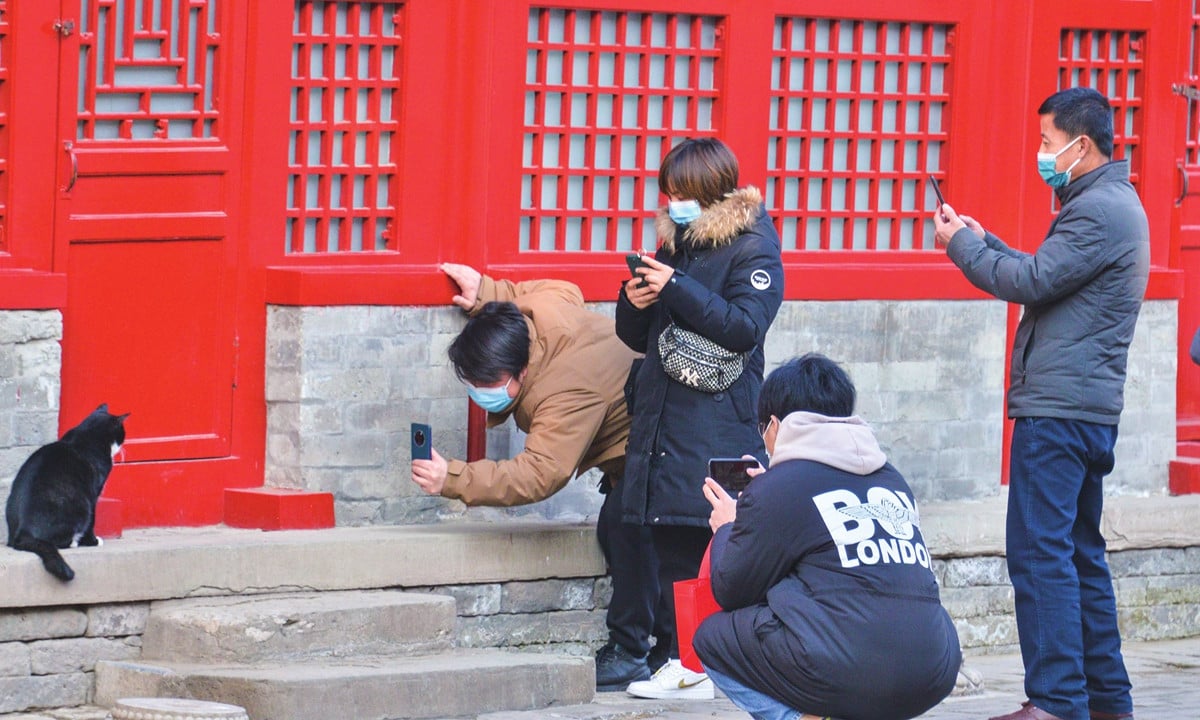
During China's National Day and Mid-Autumn Festival holidays this year, as thousands of tourists crowded into the sun-drenched palace courtyard, cats leisurely lay on the stone steps, hid under the shade of red wooden pillars, or dozed on the railings - a rare moment of relaxation amid the crowded crowd.
Sharing on Global Times, former Director of the Palace Museum Shan Jixiang said that "Gong Mao" is not a stray cat, but a descendant of cats raised in the palace since the Ming-Qing Dynasty (1368-1911).
At that time, cats were considered "tame animals", specializing in protecting treasures, documents and fabrics from rodents such as mice and bugs. After hundreds of years, they still lived around the palace, becoming an important "flesh and blood" part of this heritage.
Today, each cat is named, registered, and closely managed. The museum has its own living and eating areas, with regular nutrition, vaccinations, and health checks.
Some are cared for by staff as “court pets,” with fixed feeding schedules and “stipends” of sausages, pâté, or dried fish. Those that don’t adapt or require special care are passed on to foster owners, who ensure they have a safe, comfortable life.
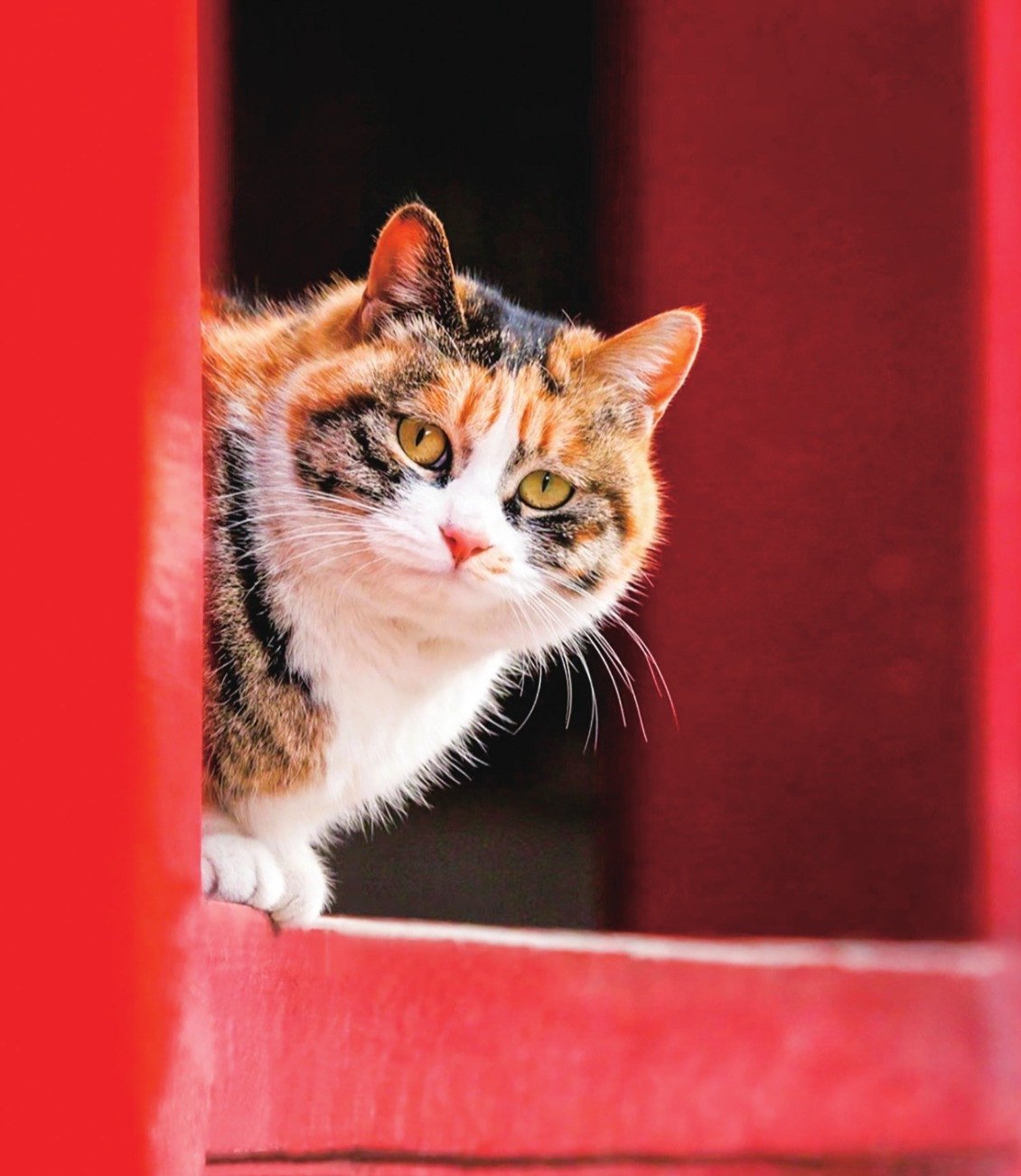
Cat-loving tourists have even created a “royal cat hunting map” and shared it on social media platforms. According to this community, the “golden” time to meet the “Cong Mau” during the day is around 3 p.m., when the sunlight is slanting down on the old brick yard.
Areas such as Tho Khang Palace, Kinh Nhan Palace and Kho Bau Library are considered to be the places where cats frequent the most.
A tourist from Dat Dong said: “When we saw a kilometer-long queue of people in front of Ngo Mon Quan, my friend and I decided to go another way. Unexpectedly, we saw some cats sunbathing in the middle of the yard. They were not afraid of people at all, and even raised their heads to look at us as if they were observing us.”
According to cultural heritage expert Liu Zheng, maintaining the cats not only helps protect precious artifacts but also demonstrates the conservation philosophy of the Forbidden City: Keeping the spirit alive in the heritage.
“The royal cats are a link between the past and the present. They show that the Forbidden City is not only a place to preserve antiques, but also a living, breathing space,” Mr. Liu Zheng emphasized.
Every afternoon when the sunset dyes the palace's tiled roofs golden, cats leisurely stroll on the hundreds of years old brick floor.
To many, they are not just cute animals, but a sign of revival, of a Forbidden City that is alive every day in the beat of modern times.
“The cats make this former seat of power feel cozier,” said one visitor.
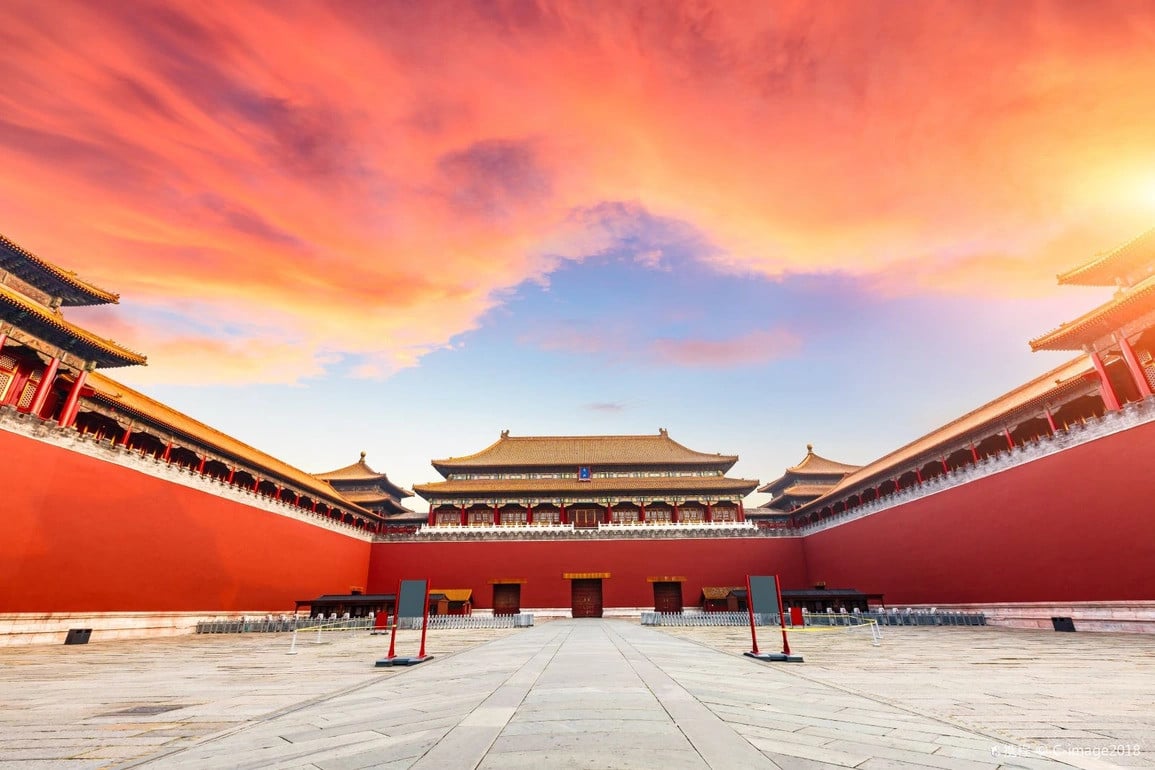
The Forbidden City is the most magnificent royal palace complex in the world , once the residence and workplace of 24 emperors of the Ming and Qing dynasties.
With more than 980 buildings and 8,700 rooms, this structure, built entirely by human labor from the early 15th century, is not only a symbol of the power of the Chinese feudal dynasties, but also a priceless treasure of art, architecture and culture.
On October 10, 1925, the Forbidden City royal palace was converted into a public cultural facility - the Palace Museum, opening its doors to visitors for the first time.
Since then, it has become one of the most famous destinations in the world, attracting tens of millions of visitors each year to admire the majestic and sophisticated beauty of a heritage that has existed for more than 600 years in the heart of Beijing.

Source: https://vietnamnet.vn/200-linh-gac-dac-biet-o-tu-cam-thanh-khien-du-khach-phat-sot-2452193.html







![[Photo] Parade to celebrate the 50th anniversary of Laos' National Day](/_next/image?url=https%3A%2F%2Fvphoto.vietnam.vn%2Fthumb%2F1200x675%2Fvietnam%2Fresource%2FIMAGE%2F2025%2F12%2F02%2F1764691918289_ndo_br_0-jpg.webp&w=3840&q=75)


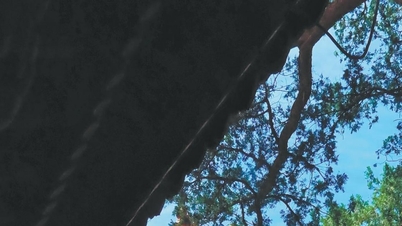

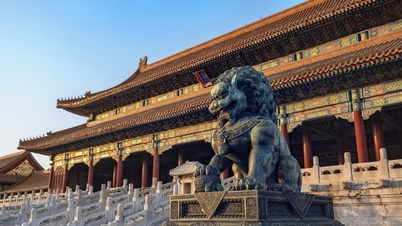

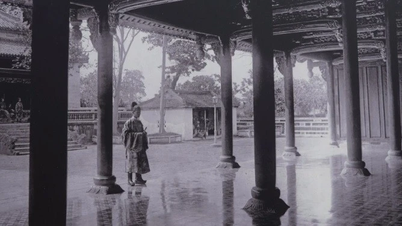



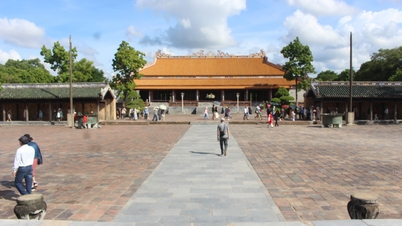





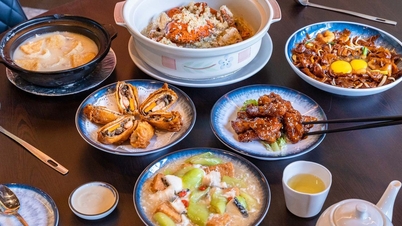













![[Photo] Worshiping the Tuyet Son statue - a nearly 400-year-old treasure at Keo Pagoda](/_next/image?url=https%3A%2F%2Fvphoto.vietnam.vn%2Fthumb%2F1200x675%2Fvietnam%2Fresource%2FIMAGE%2F2025%2F12%2F02%2F1764679323086_ndo_br_tempimageomw0hi-4884-jpg.webp&w=3840&q=75)
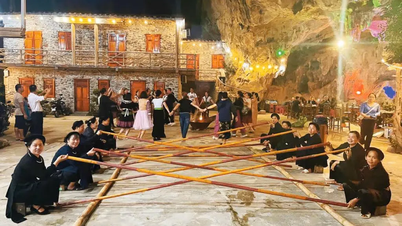



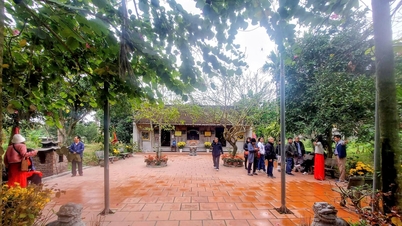










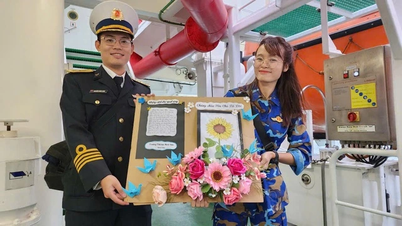





















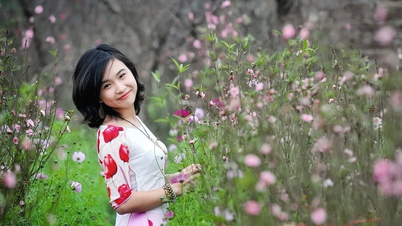



































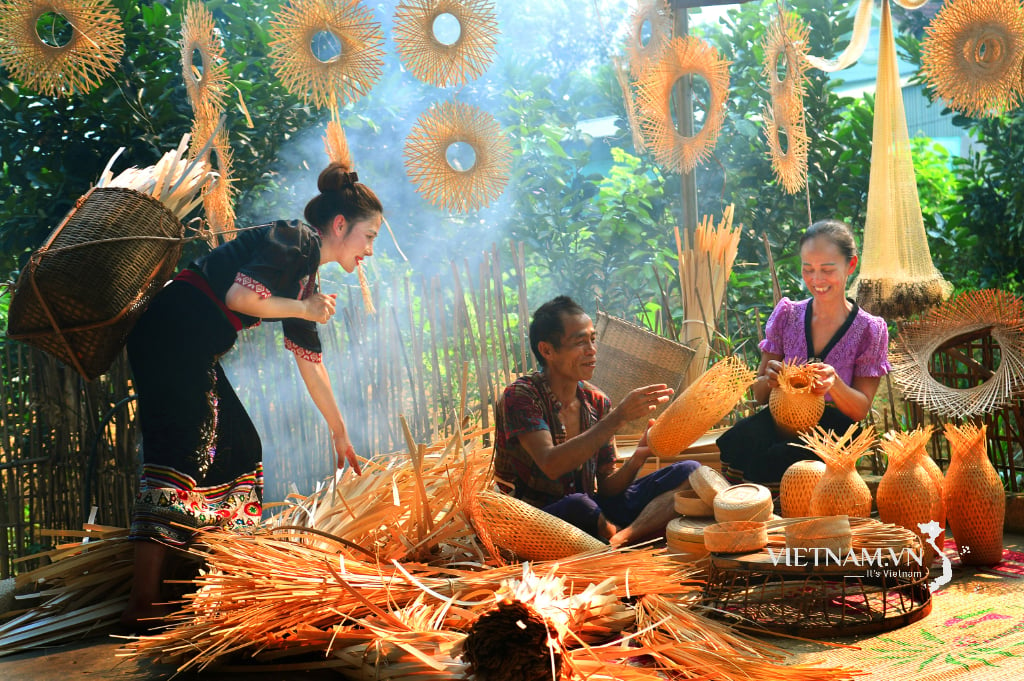


Comment (0)